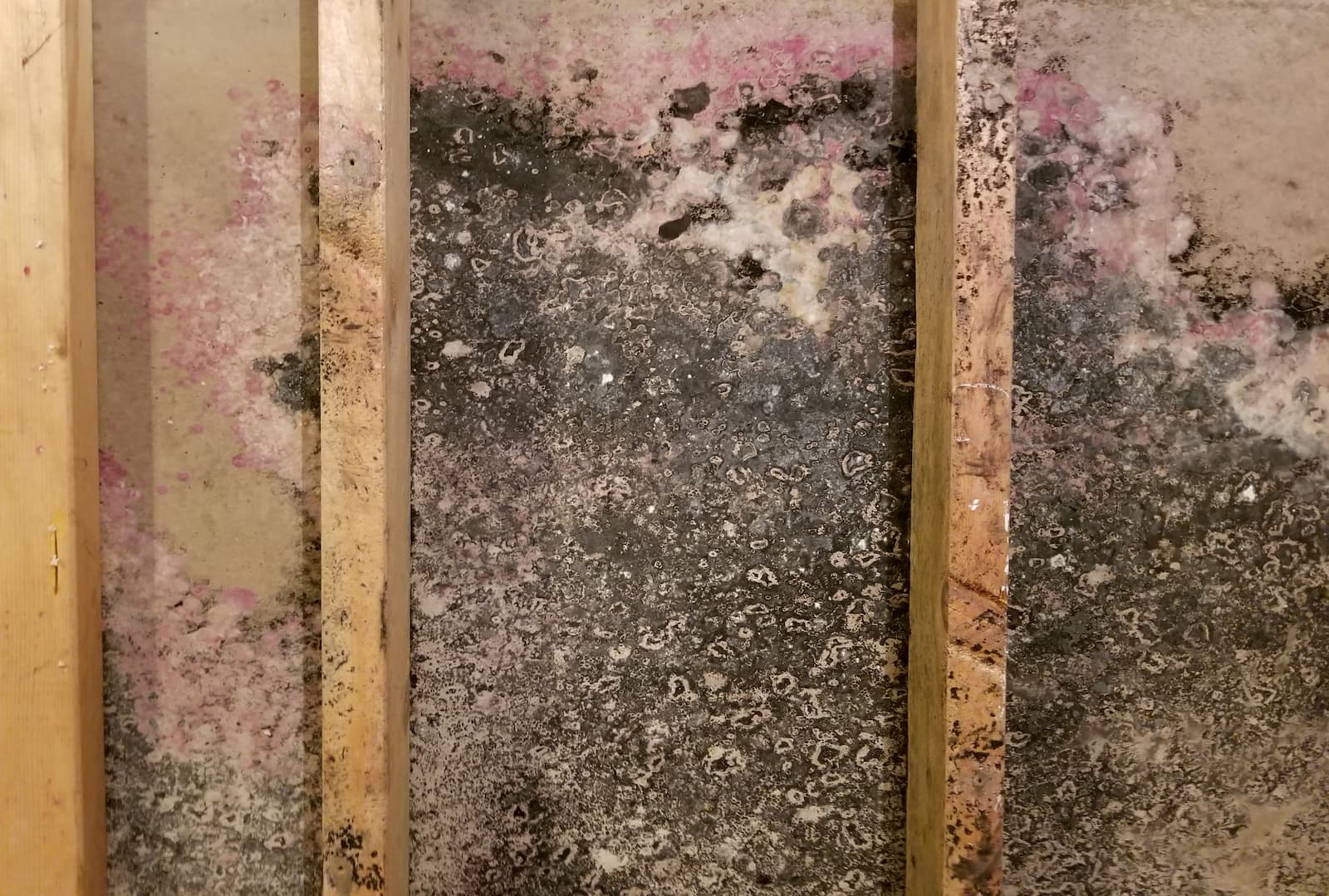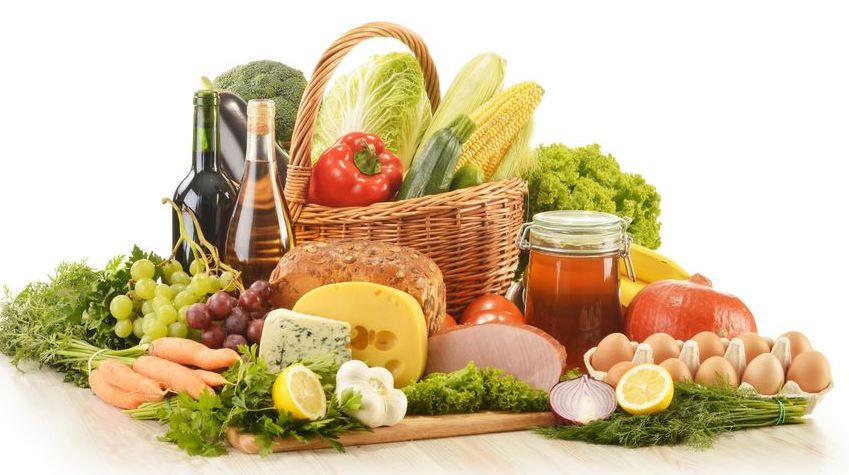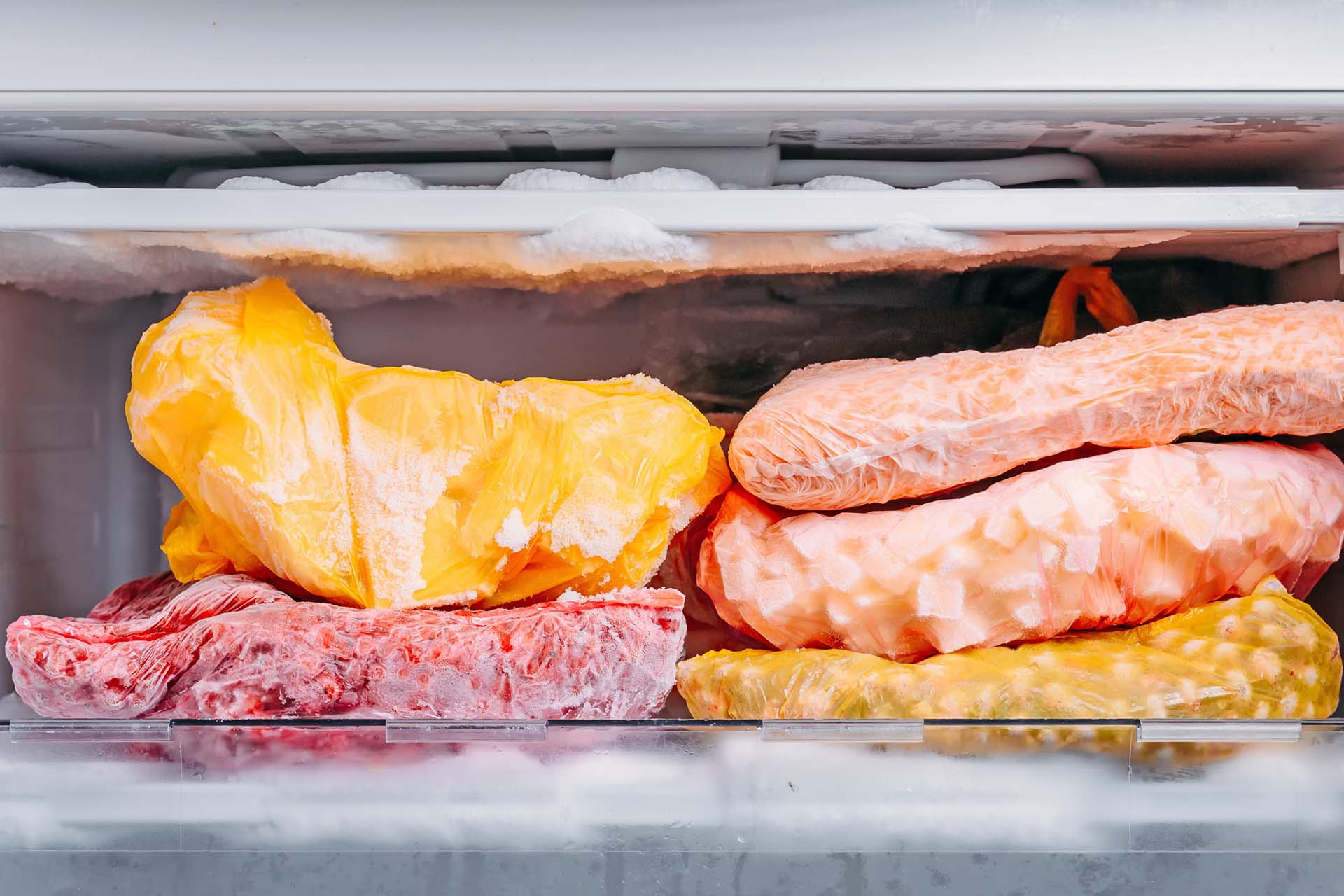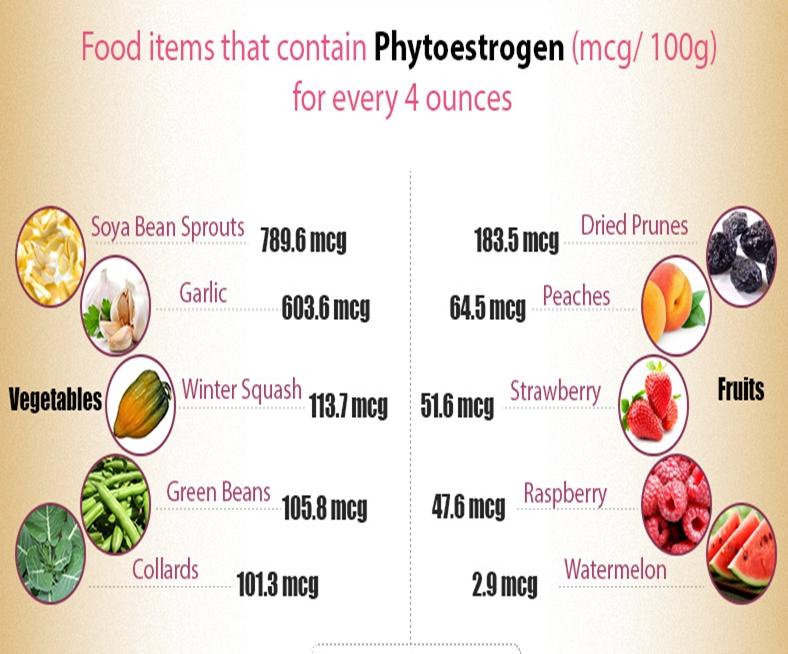Mold can grow on food at varying rates depending on several factors. The presence of moisture, temperature, and the type of food all play a role in determining how quickly mold will develop.

Moisture: Mold thrives in moist environments, so foods with high moisture content, such as fruits, vegetables, and dairy products, are particularly susceptible to mold growth. The higher the moisture content, the faster mold can grow.
Temperature: Mold growth is also influenced by temperature. The optimal temperature for mold growth is between 77°F (25°C) and 90°F (32°C). When temperatures are outside this range, mold growth slows down or may even stop. However, some types of mold can still grow at temperatures as low as 40°F (4°C).

Type of Food: The type of food can also affect how quickly mold grows. Foods that are rich in carbohydrates and sugars, such as bread, pasta, and pastries, are more likely to develop mold quickly. This is because mold feeds on these nutrients. Acidic foods, such as citrus fruits and pickles, can inhibit mold growth due to their low pH.
Here is a general timeline of how fast mold can grow on food under ideal conditions (temperature between 77°F (25°C) and 90°F (32°C) and high moisture content):
- 1-2 days: Mold can become visible on the surface of food within 1-2 days of contamination.
- 3-5 days: The mold will continue to grow and spread, covering a larger area of the food.
- 7-10 days: The mold will begin to penetrate the food, making it unsafe to consume.
It is important to note that these are general guidelines. The exact rate at which mold grows can vary depending on the specific conditions. To prevent mold growth, it is crucial to practice proper food storage and handling techniques. This includes storing food in airtight containers, keeping perishable foods refrigerated or frozen, and discarding any food that shows signs of mold growth.










